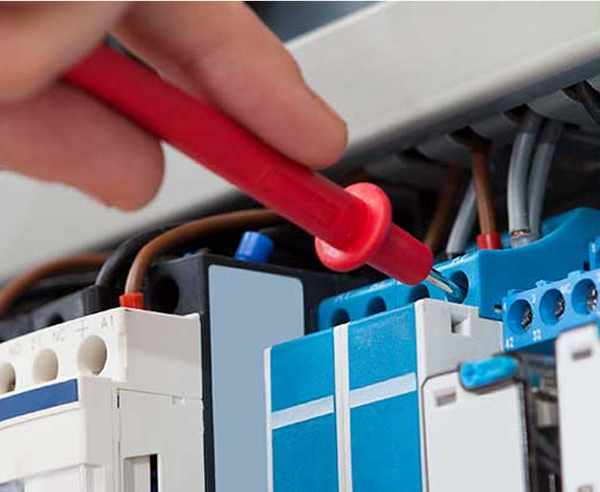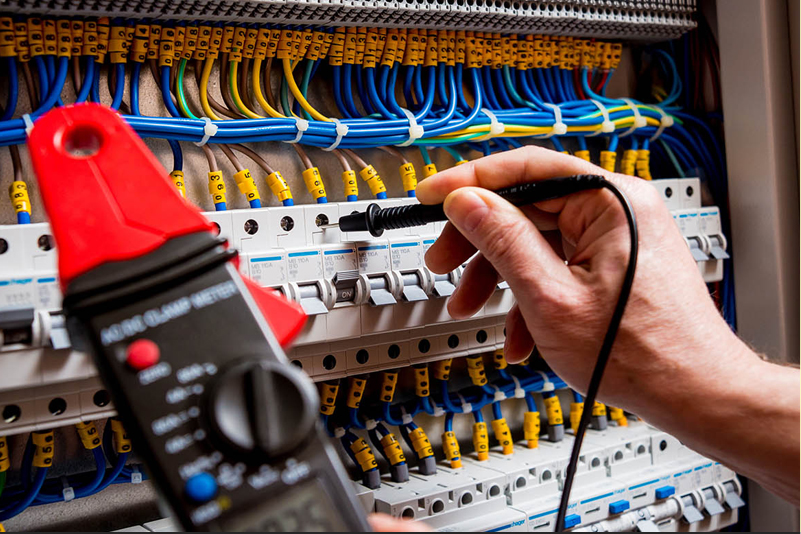Fault Finding
With over 30 years of experience in electrical fault finding, you can rely on us to identify the problem
Electrical fault finding is the systematic testing of electrical cabling or devices using a process of elimination until the fault is located.
Electrical faults can play havoc with your home or business and can produce an unexpected annoyance when a fault leaves you with no power or lighting. Faults can become a safety concern or even a fire hazard depending on the type of fault involved. Contacting a licensed electrical contractor is the first and only thing you should do to deal with an electrical fault.






